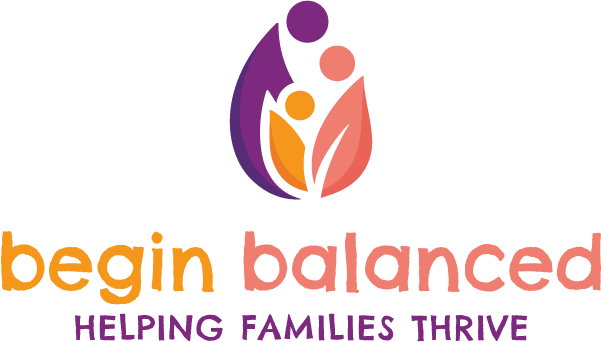PRIYApproved resources for body autonomy, consent and what makes a baby (ages 3+)
Be ready for the question ‘but how do you make a baby?’ and other comprehensive sexuality education topics for 3+ year olds.
Note: I will earn the tiniest commission from some of the affiliate links below - they help keep the lights on here; thank you so much for using them if you choose to!
Let me save you some time and stress by sharing the resources that have been total game-changers in teaching my child about body autonomy, consent, and how babies are made.
My Personal Journey
When I first became a parent, using proper anatomical terms for body parts felt about as comfortable as wearing shoes on the wrong feet. Saying "penis" or "vulva" to a baby? Yikes. But here's the thing – my discomfort was my own hang-up, not something my child would inherently feel. I didn’t grow up using these terms. By starting from day one and using correct terminology, I gradually became more comfortable. Now, it feels completely normal, and more importantly, I'm setting a foundation of clear, shame-free communication about bodies.
I made a conscious decision that I wanted to be the primary source of information about bodies and consent for my child. The alternative – letting her learn from potentially confusing or stressful sources – was far more concerning. Pro tip: if you're not talking about these topics, someone else might be, and probably not in the way you'd want.
An Important Nuance: Caregiving and Body Autonomy
Here's where body autonomy gets a bit complicated: Sometimes, as a parent, you absolutely must touch or move your child, even if they don't want you to. Putting them in a car seat, checking for injuries, or keeping them safe during medical care are perfect examples. This can feel confusing when we're teaching children that their body belongs to them.
The key is communication. Explain why you're doing something: "I know you don't want to get in the car seat right now, but it's my job to keep you safe when we're driving." For medical checks: "The doctor needs to look at your body to make sure you're healthy, and I'm here to help you feel safe."
These moments are opportunities to reinforce trust. By being clear, explaining your actions, and showing respect even when you must override their immediate preference, you're teaching them that:
* Trusted caregivers prioritize their safety
* It's okay to be uncomfortable but still follow important instructions
* They can always talk to you about how they're feeling
PRIYApproved books
1. "It's Not the Stork!" by Robie H. Harris
This is my absolute favorite book for introducing body basics. It's so concrete, so simple, and breaks down complex topics in a way that's perfectly suited for young children. Skip the chapters you’re not ready for. Hands down, the best book if you're going to buy just one since it covers a range of topics.
2. "What Makes a Baby" by Cory Silverberg
A beautifully inclusive book that explains reproduction in a way that celebrates diverse family structures. No weird, outdated messaging here – just straightforward, easy to understand information.
3. "Yes, No: A First Conversation About Consent" by Megan Madison, Jessica Ralli and Isabel Roxas
This resource is a game-changer for teaching kids about consent. It helps children recognize their right to say no to unwanted touch and understand the importance of respecting others' boundaries. There are many concrete examples in the book, it’s also very digestible and great for classroom teachers as well. I was so excited to see this in my daughter’s kindergarten class!
4. "Let's Talk About Body Boundaries, Consent and Respect" by Jayneen Sanders and Sarah Jennings
If you're going to buy just a few resources, this one is definitely in my top picks. It gives children practical tools to protect themselves and communicate effectively.
Interactive Learning Tools
Body Parts Puzzle
Because let's be real – kids learn better when they're playing. This puzzle makes learning about bodies less intimidating and more fun.
Why These Resources Matter
Starting these conversations early ensures that my child knows she can always talk to me about her body, her health, and any questions or concerns she might have. By creating an open, judgment-free environment from the beginning, I'm building trust. I want her to know that no topic is off-limits, that her body is her own, and that she can always come to me with questions.
Pro Tips for Parents
Start conversations early and keep them age-appropriate
Use correct anatomical terms (yes, even when it feels weird!)
Encourage open communication
Teach them that their body belongs to them
Model consent in your own interactions
A Note of Caution
PRO TIP: If you want to be safe and steer away from "too much technical talk," I highly recommend starting with "Yes, No: A First Conversation About Consent" or the body parts puzzle.
Disclaimer: Always preview materials and adapt explanations to your child's individual maturity and understanding. If you or your child are experiencing any health-related concerns, please consult with a professional.
Happy reading (and teaching)!

